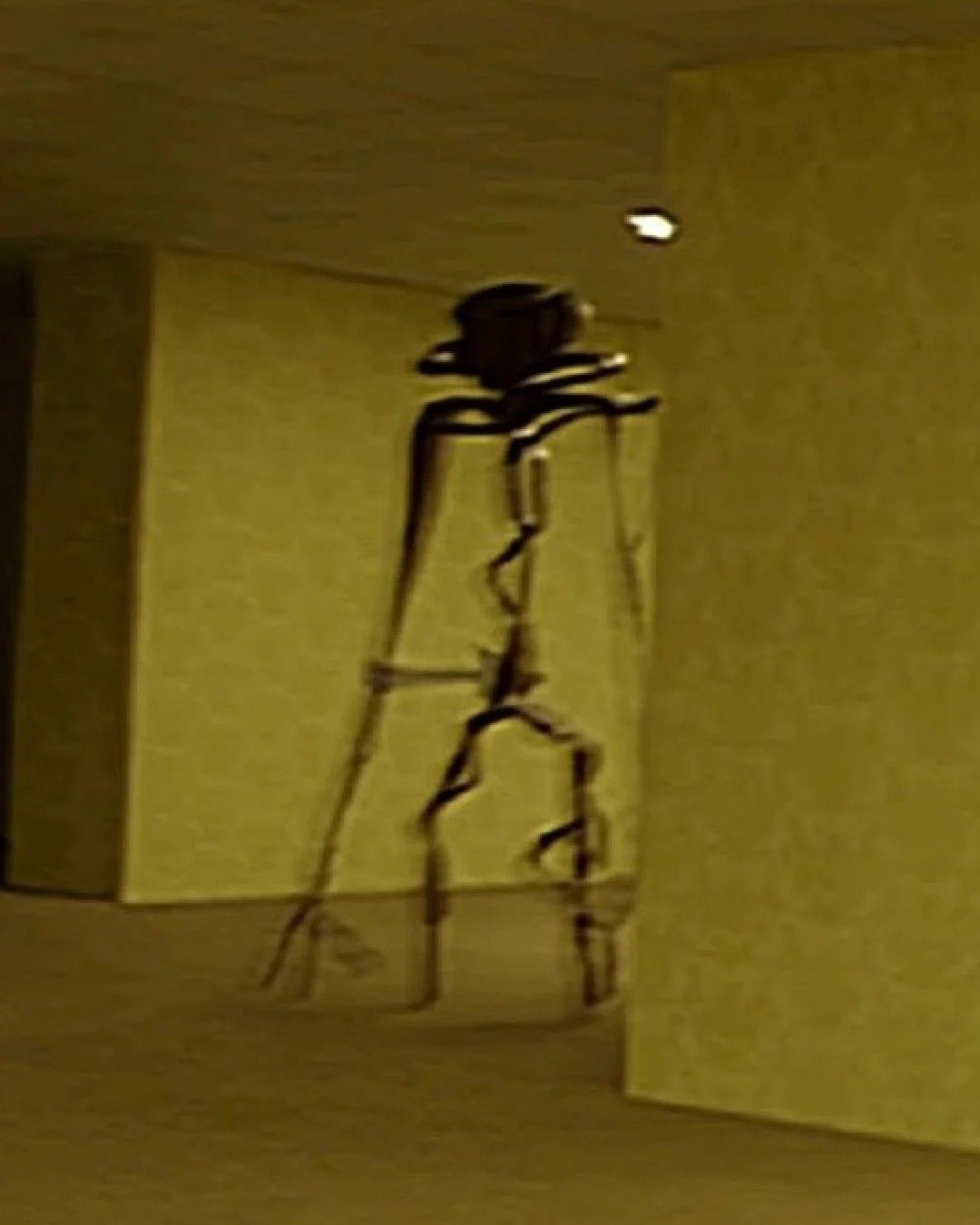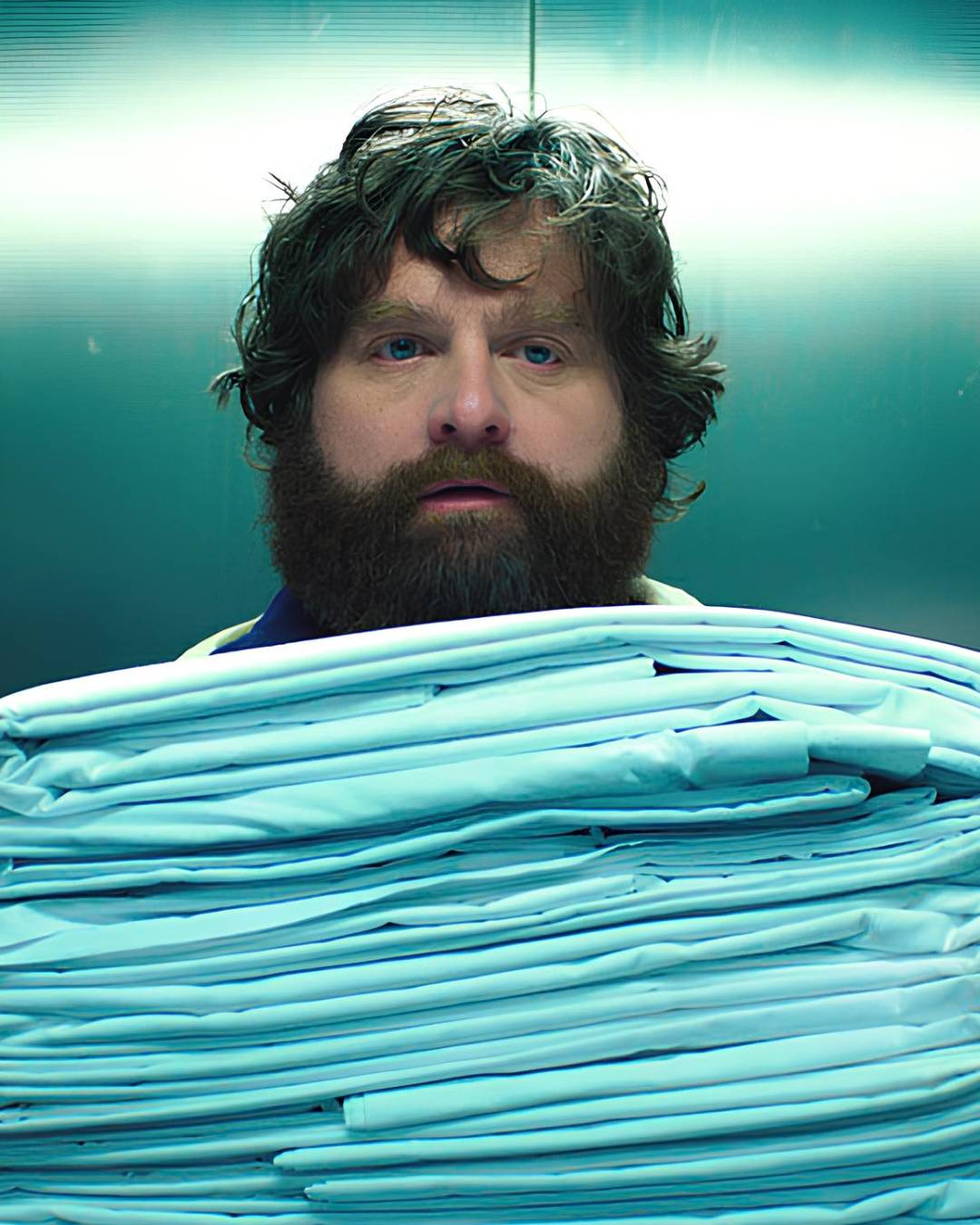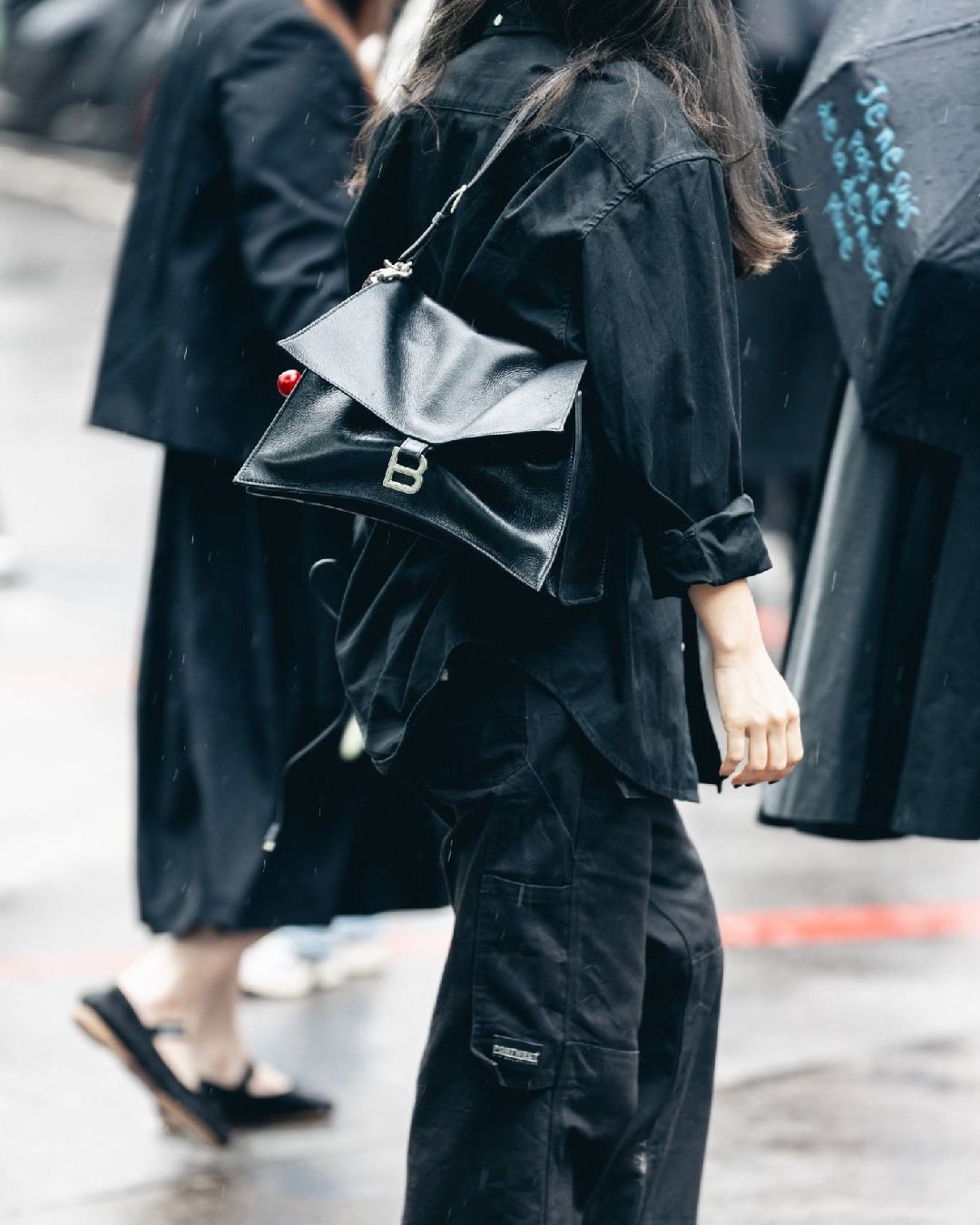
The actual location of "The Backrooms" has been found The most disturbing urban legend of recent years has come to an end
For years, The Backrooms have fascinated the Internet audience and creepypasta fans with the depiction of a metaphysical nightmare: an endless labyrinth that looks like an empty office, with yellowish walls, becoming over time one of the modern icons of digital horror. The fame of The Backrooms has grown so much in recent years, generating even amateur film projects, memes, and video games, that Internet sleuths have tried to find their exact location, trying to figure out where the original photo was taken. Recently, after years of research, they found The Backrooms in the real world: a team of users on Discord traced the image to its first known appearance on 4chan in 2011.
this is literally the locations of the where the backrooms photo was taken pic.twitter.com/hjzoWenB3Z
— ً (@Stugs) June 9, 2024
This discovery led them to a 2019 tweet that had been ignored until then, containing a broken link that could be opened through the Internet Archive. The users discovered a blog post from 2003 detailing the renovation of a HobbyTown store in Oshkosh, Wisconsin. In an eerie twist, all images in the archived post were missing except for two: the iconic Backrooms image and another photo of the same room from a different angle. Further investigation revealed a black-and-white photo of the room when it was still a furniture store. This confirmed that the original Backrooms image was indeed taken in the back rooms of the HobbyTown store. Today, it has been transformed into an RC racing track, with the unsettling environment replaced by clean, white interiors. For many, the discovery of the original Backrooms marked the end of this modern urban legend, so unsettling precisely because it was so mysterious. But the imagery of The Backrooms will likely remain, how did the legend originate?
What are "The Backrooms" and where do they come from?
Unease, anxiety, the feeling of living in an eternal déjà-vu. These are the emotions described by those who say they have found themselves, at least once in their life, in a "backroom": a place, or rather infinite liminal places, characterized by an aesthetic as unsettling as paradoxically familiar. A disused warehouse, an empty pool, a monochromatic office with flickering lights. The imagery of the backrooms feeds on non-places that evoke a strong sense of uncertainty in those who observe them and is one of the latest chilling products of internet folklore, which has gained momentum thanks to numerous speculations by web communities (just think of the fame of the legends orbiting around the Cecil Hotel or the terrifying character of Slender Man). The theory of the existence of these rooms was born on 4chan, an imageboard site where users post content of all kinds anonymously, following a post depicting a monochromatic room with carpet and white lights, accompanied by this caption:
«If you're not careful and you noclip out of reality in the wrong areas, you'll end up in the backrooms, where it's nothing but the stink of old moist carpet, the madness of mono-yellow, the endless background noise of fluorescent lights at maximum hum-buzz, and approximately six hundred million square miles of randomly segmented empty rooms to be trapped in. God save you if you hear something wandering nearby, because it sure as hell has heard you».
The story of The Backrooms begins on April 21, 2018, when an anonymous user posted an image of a dingy, yellow room in a cursed images thread on the 4chan /x/ forum, known for its focus on paranormal and unsettling content. The image depicted an empty space with yellowing wallpaper and fluorescent lighting—an environment that seemed strangely familiar and yet profoundly alien. This image might have faded into obscurity if it weren't for a comment posted on May 12, 2019, by another anonymous user on the /x/ forum on 4chan, inviting users to share images that evoked a sense of unease. Two days later, the now-famous combination of the image and accompanying text appeared on the same forum, sparking widespread interest. On May 16, 2019, the post reached Reddit, appearing on the /r/greentext subreddit with the caption "Worse than any creepypasta out there," quickly gaining attention and shares. This exposure led to further adaptations, including a creepypasta posted by Redditor yourdndguy on /r/creepypasta on May 18, 2019, which became the basis for all those that would follow. The creepypasta was also added to the Creepypasta Wiki, solidifying its status within the genre. The concept continued to gain momentum, with a computer-animated video depicting a walk through "infinite" backrooms posted by Twitter user @GearboxGunman on May 19, 2019, which has now been deleted. The video received over 950 retweets and 4,400 likes, cementing The Backrooms as a pillar of internet horror culture.
The imagery of the backrooms perfectly embodies a state of confusion and uncertainty and gives it form through a seductive creepy aesthetic that recalls the post-vaporwave world and abstractism. The reasons why these locations seem strangely familiar lie in the visual inputs that have bombarded us for years through the media, from cult films like The Shining, shot in a dilapidated and labyrinthine hotel, to video games like Silent Hill, Grand Theft Auto, and Rayman. We have collected and stored in the drawer of memory (and fear) a series of remote places that our mind retrieves when we are less vigilant, transforming them into the background of our worst nightmares. The dark and foggy neighborhoods of Stranger Things (or earlier, Twin Peaks), Freddy's dream world in Nightmare, the surreal infinite prison of Cube, and the corridors and pools where demons roam in It Follows, the loading zones between one level and another of a game, the menacing presences watching us in the dark like the clown Pennywise. The horror imagery of our era reworks the most cryptic scenarios of horror cinema and gaming, transforming them into metaphors for a more current and intangible fear.
Backrooms are waiting areas with a strong symbolic meaning that perfectly represent the main fears of our century: social anxiety and horror vacui. It is no coincidence that many artists choose these transition zones as the subject of their representations, to express in the best possible way these abstract concepts: from the canvases of Ferdinanda Florence, a painter originally from Washington D.C., to the famous 3D illustrator Jared Pike and the cryptoartist Hanieh Masoumi, liminal places redefine the social anxiety of the twenty-first century with surreal landscapes, excluded from space and time, looking threatening but equally bewitching. On the web there are endless theories that orbit around the existence of backrooms in the real world. It would be mostly hallucinations in which ends up trapped during phenomena such as sleep paralysis, or degenerative conditions for our brain, such as Alzheimer's. The Caretaker, an experimental British musician, between 2016 and 2019 has made an entire album inspired by these neuro-cognitive disorders: Everywhere at the End of Time is composed of melancholic and disturbing melodies, some sampled from the soundtrack of The Shining, which are repeated in an endless and disruptive loop. In this regard it is interesting to note how the hypothesis of the existence of these places goes hand in hand with the divergence between mind and body, becoming a vehicle for another common fear, widespread on a large scale: the loss of control.
Since ancient times we have been fascinated by what is unknown to us and what escapes our reasoning, and we have tried to give shape to our fears in order to contain and overcome them. The supposition that in a place, apparently vacant and uninhabited, an occult secret can be hidden, only increases the degree of alarm and seduction that that place exerts on us. Liminal spaces creep into our artistic imagination paraphrasing the role of Dante's Purgatory: they frighten us, even more than Hell, precisely because they seem real.























































